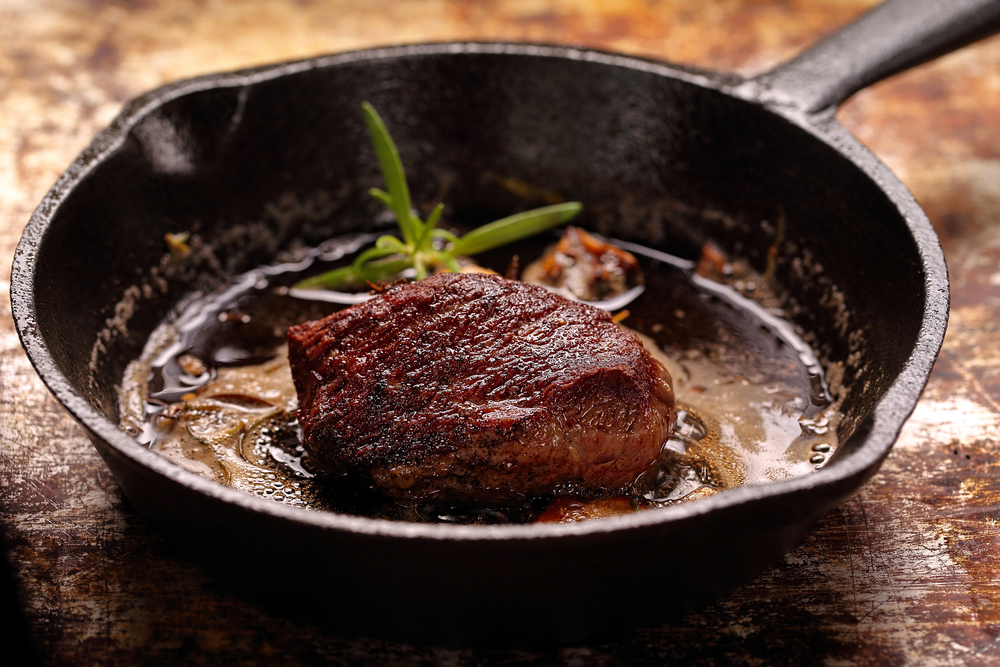Cast iron skillets are a favorite in kitchens because they last for decades and deliver excellent searing power. They distribute heat evenly, hold on to high temperatures, and can make almost any food taste better. However, there are important limits to what they can handle. Some foods damage the seasoning, others create stubborn messes, and a few even leave behind unpleasant flavors. To protect your skillet and your meals, it is crucial to know what not to cook in cast iron. Here are 25 foods that should be avoided, each explained with scientific detail and practical cooking advice.
1. Tomatoes
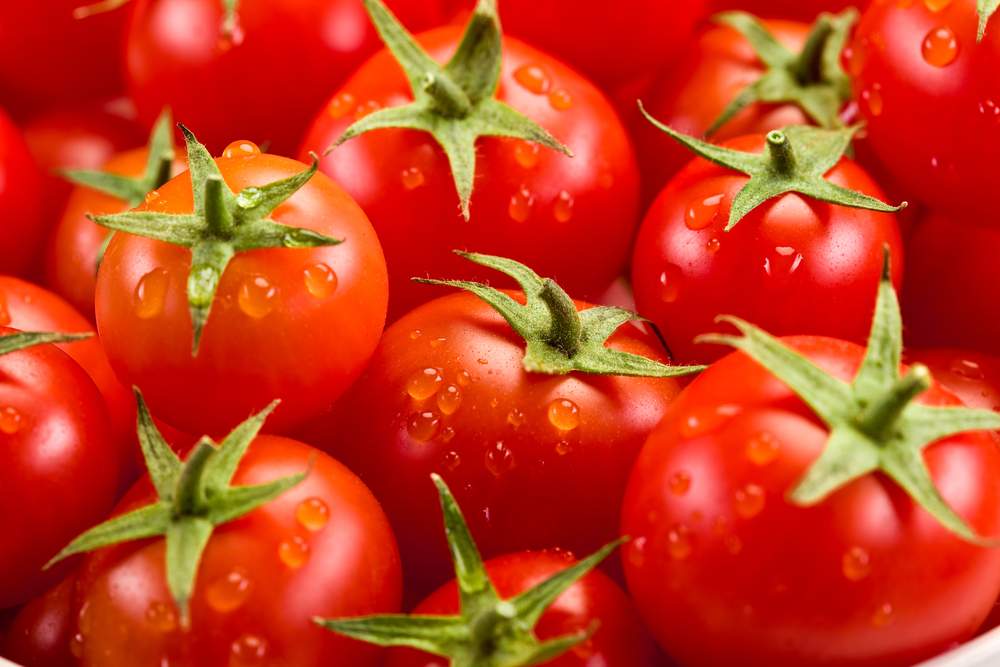
Tomatoes contain high levels of natural acids, especially citric and malic acid, that react with the iron surface of a skillet. This reaction not only strips away the hard-earned seasoning but also gives your food a metallic aftertaste. Long simmering sauces such as marinara or tomato soup can completely ruin the protective coating in just one session. For tomato-based meals, stainless steel or enameled pots are far safer because they are non-reactive and will not alter flavor or damage cookware.
2. Citrus Fruits and Sauces
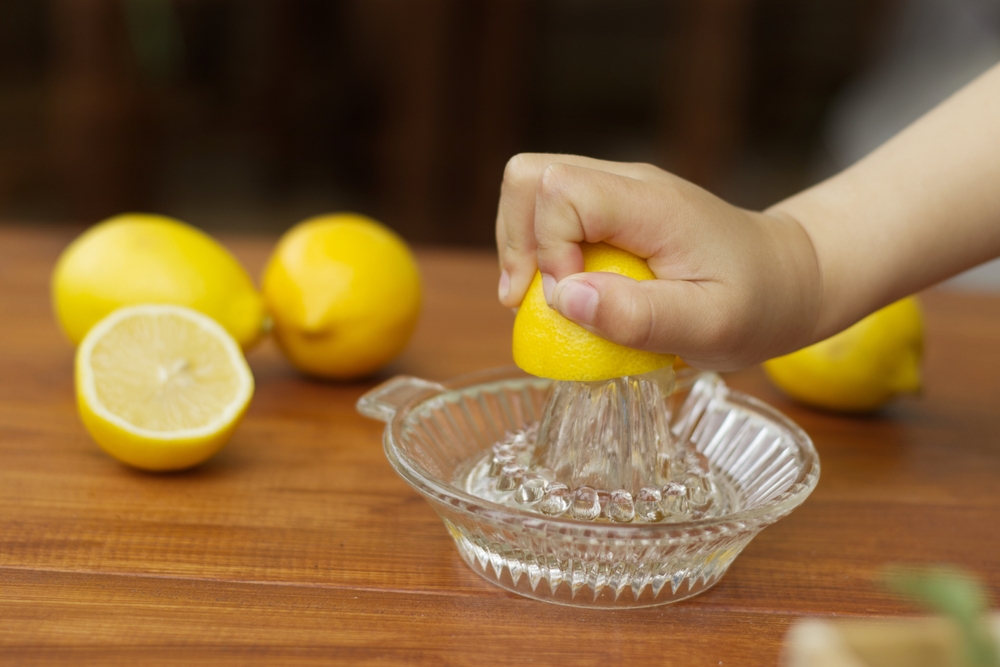
Cooking with lemons, limes, or oranges is problematic because of their citric acid content. Acid breaks down the nonstick layer built from polymerized oils, leaving behind a dull surface that loses its protective qualities. Dishes like lemon chicken or orange-glazed fish may seem harmless, but in cast iron they can quickly undo months of careful seasoning. Using ceramic or glass bakeware helps preserve flavor and avoids the risk of acid interacting with exposed iron.
3. Vinegar Reductions
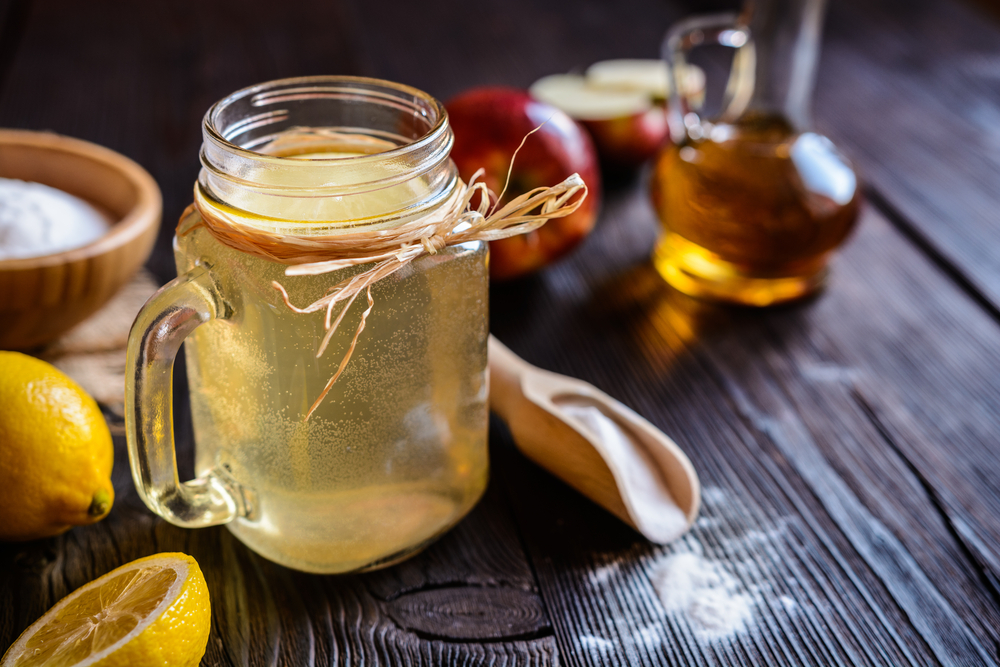
Vinegar is an even stronger acid than tomatoes or citrus, and when heated, it releases acetic acid vapors that aggressively strip the seasoning. Deglazing a pan with vinegar or cooking recipes like balsamic reduction will eat away at the skillet’s surface. This can leave your dish tasting metallic while also making your pan prone to rust. Stainless steel pans are designed to handle vinegar without issue, making them the superior choice for these recipes.
4. Wine Sauces and Braises
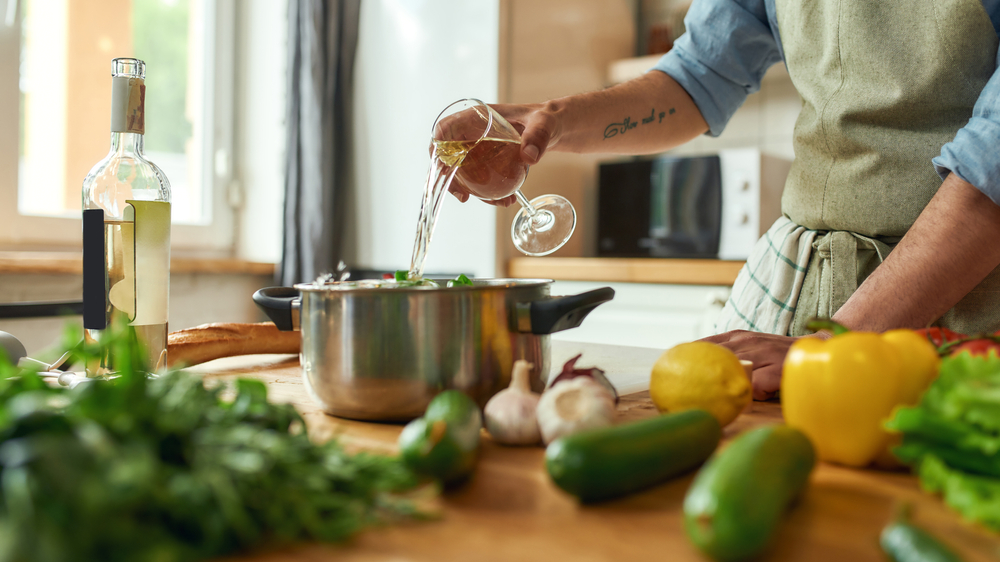
Wine is a staple in many kitchens, but its tartaric and malic acids are tough on cast iron. Slow-cooked meals like coq au vin or beef bourguignon require long exposure to wine, which causes the seasoning to deteriorate steadily. As the layer weakens, the food can start sticking, and rust may develop after washing. An enameled Dutch oven is the best vessel for wine-based meals, providing both durability and flavor integrity.
5. Eggs Without a Perfect Seasoning Layer
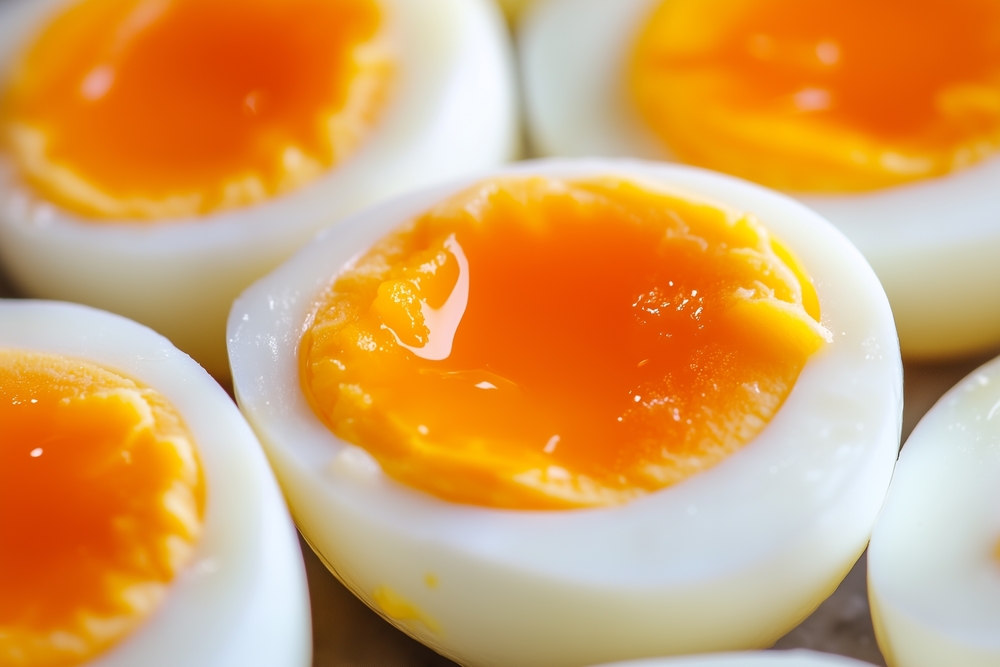
Eggs are delicate and need an ultra-smooth cooking surface to release easily. Unless your skillet has developed years of polymerized oil layers, eggs will stick stubbornly, creating a mess that is difficult to remove without scraping. Scraping risks pulling away seasoning and leaving patches of bare metal exposed. A nonstick pan is designed for low-oil egg cooking and will provide a better cooking experience without the frustration.
6. Delicate White Fish
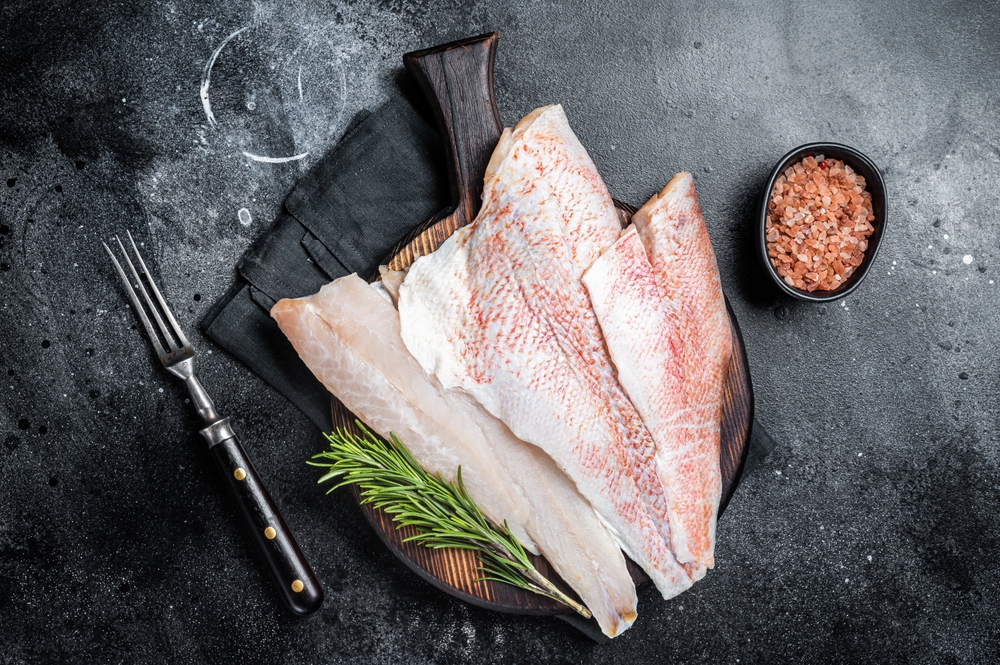
Fish with fragile flesh such as tilapia, flounder, or cod falls apart easily when cooked. Cast iron skillets, which have textured surfaces and intense heat retention, make sticking even more likely. Once fish sticks, it breaks apart, leaving both ruined fillets and lingering fishy odors that are hard to eliminate. Nonstick or ceramic-coated skillets work better because they allow delicate fish to release cleanly.
7. Garlic-Heavy Recipes
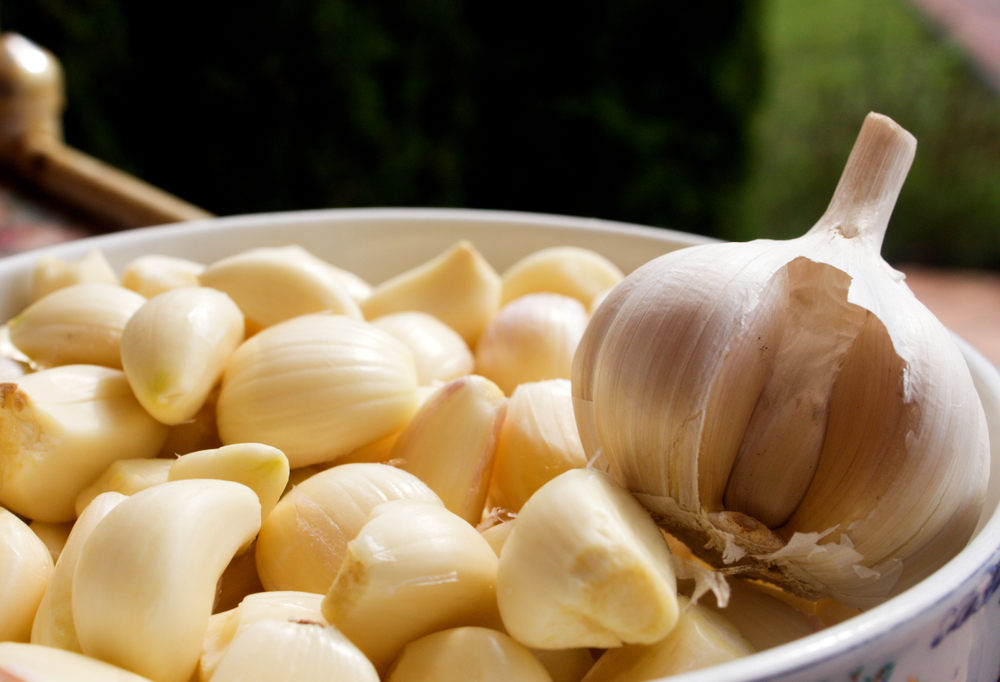
Garlic is aromatic but leaves behind strong sulfur compounds that bond to the porous surface of cast iron. Once absorbed, these flavors can transfer into your next dish, even if it is something sweet like pancakes. The sulfur also reacts slightly with the iron, adding a faint bitterness to some recipes. Cooking garlic-heavy dishes in stainless steel will prevent lingering odors and keep your cast iron neutral.
8. Strongly Spiced Curries
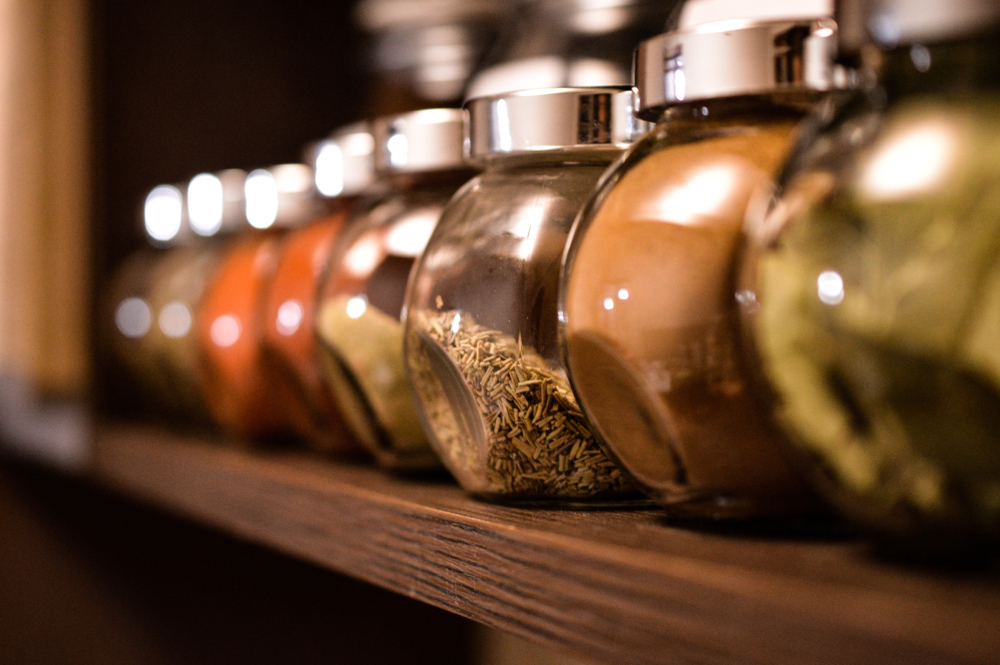
Turmeric, cumin, and chili are common in curries, but these spices not only stain cast iron yellow and red but also leave behind oils that seep deep into the seasoning. Even after scrubbing, your skillet may carry strong flavors that affect other meals. Curries are best prepared in enameled cast iron or stainless steel pots that resist staining and hold up to long cooking times.
9. Chili with Tomatoes and Beans

Chili seems like a great cast iron recipe because it benefits from slow cooking, but the combination of acidic tomatoes and starchy beans makes it unsuitable. The acid erodes seasoning while beans can burn and stick, especially during long simmering. Removing stuck beans may require scrubbing that damages the skillet. Stainless steel pots handle chili far better and allow for easier cleaning.
10. Cream-Based Sauces
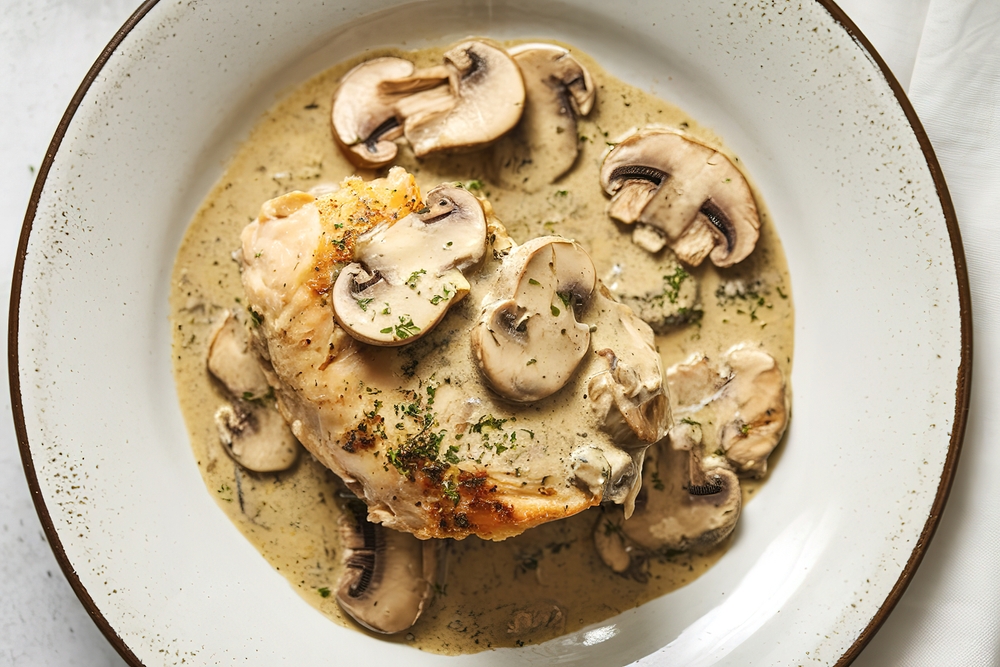
Cream sauces such as Alfredo or béchamel require precise temperature control to stay smooth. Cast iron retains heat so strongly that it can cause dairy proteins to scorch at the bottom, leading to clumping and burned flavors. This ruins the sauce and makes cleaning difficult. A heavy stainless steel saucepan allows for gentler, more even heating and is perfect for dairy-based recipes.
11. Pancakes and Crepes
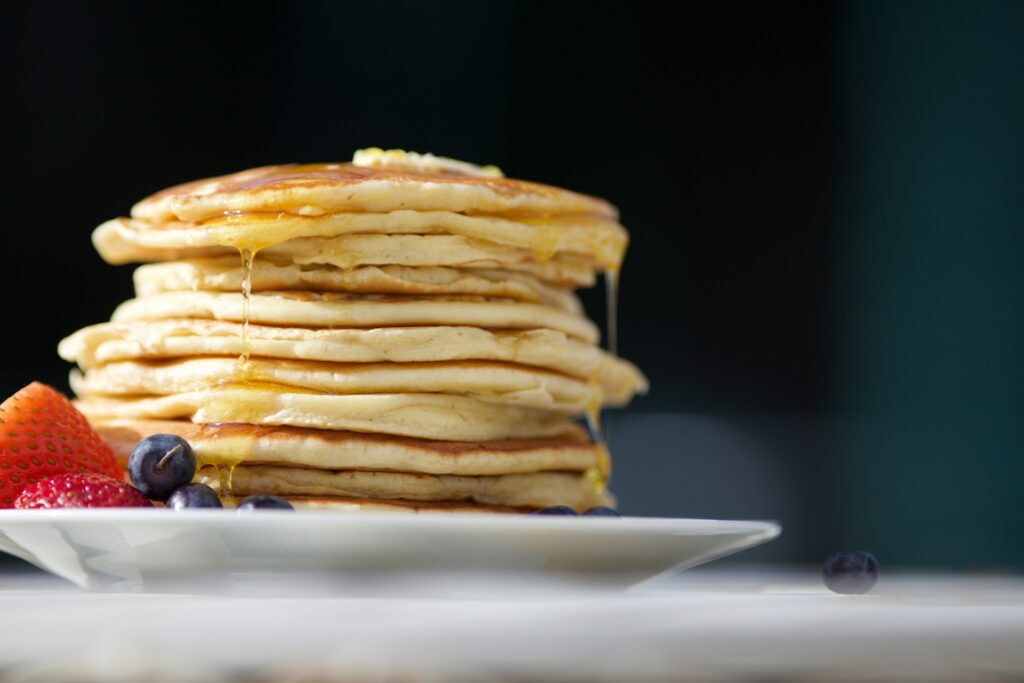
Pancakes and crepes rely on even browning and a nonstick surface. Cast iron does not always heat evenly across its surface, leading to hot spots that cause uneven cooking. If your skillet is not seasoned perfectly, batter sticks and tears when flipped. Nonstick skillets provide more consistency and are far easier to clean after cooking.
12. Caramelized Sugar
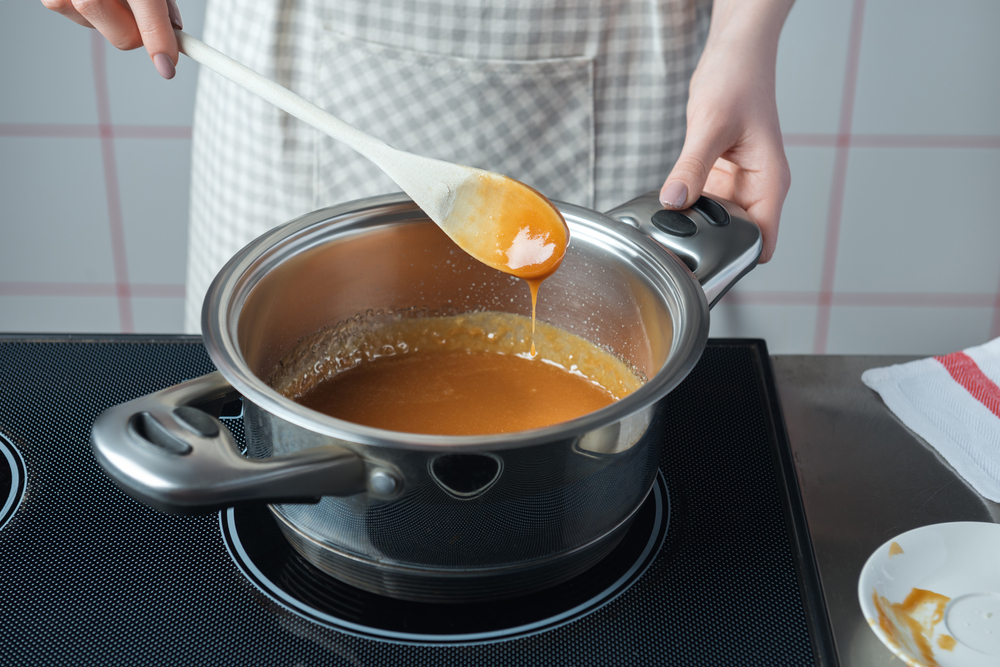
Sugar reaches high temperatures when melted, sticking hard to the surface of cast iron. Once it cools, it hardens into a glass-like shell that requires forceful scraping to remove. Scraping risks damaging the seasoning layer, leaving bare spots vulnerable to rust. Stainless steel is the preferred material for sugar-based recipes because it allows for safe caramelization and easy cleaning afterward.
13. Chocolate-Based Desserts
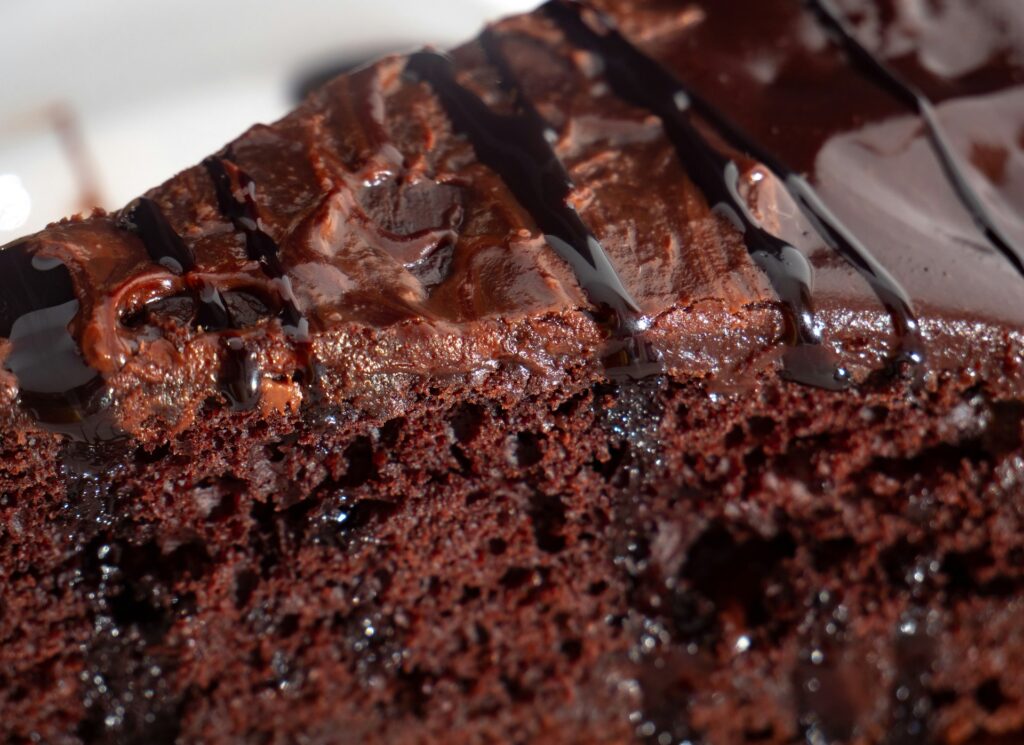
Chocolate melts quickly and burns just as easily, leaving behind bitter flavors when overheated. Cast iron’s strong heat retention makes it difficult to prevent scorching, especially when melting small amounts. Burnt chocolate sticks tightly and leaves residues that are difficult to clean. Using glass or ceramic cookware prevents overheating and ensures smooth chocolate melting.
14. Stir-Fried Rice
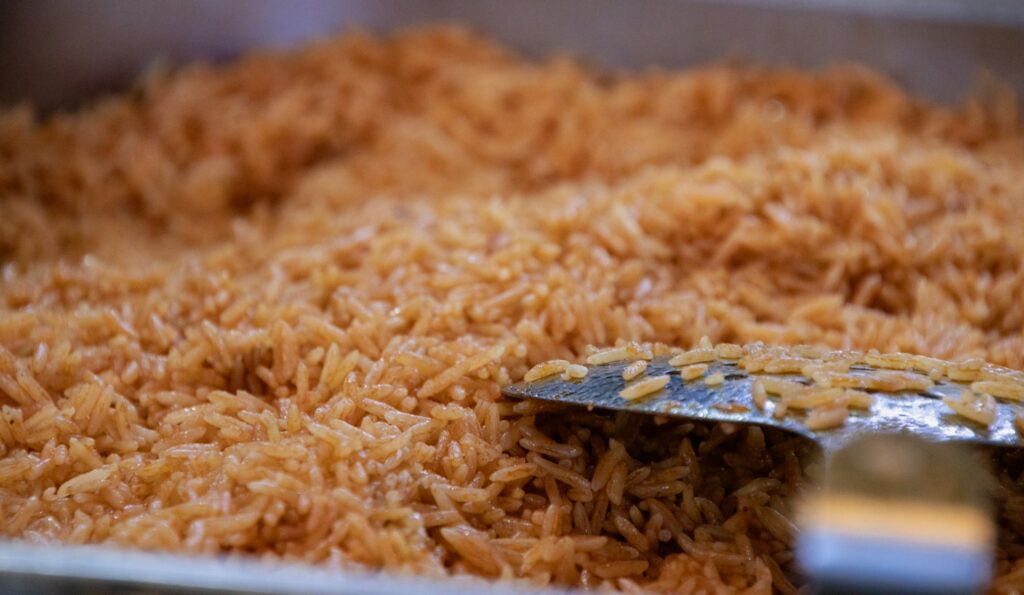
Rice requires quick, high-heat cooking to prevent clumping. Cast iron pans are heavy and slower to respond to heat adjustments, which can cause sticking. Once rice bonds to the surface, it pulls up the seasoning when scraped away. A nonstick wok or carbon steel pan delivers the fast cooking response necessary for stir-fried rice.
15. Cheese-Heavy Dishes
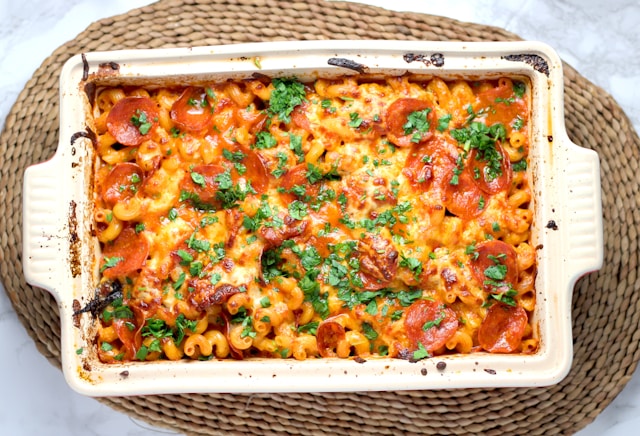
Cheese is one of the stickiest ingredients you can put into a cast iron skillet, and once it melts, it clings stubbornly to the porous surface. When baked or broiled, the fats in cheese seep into the iron while the proteins burn and create blackened crusts that are nearly impossible to remove. Even after thorough cleaning, the pan may retain a greasy residue that leaves behind unpleasant odors in later meals. Removing this mess usually requires aggressive scrubbing, which takes off the seasoning along with the stuck cheese, leaving the skillet exposed to rust. A far better option is a glass baking dish, which allows cheese to melt, bubble, and crisp without destroying your cookware.
16. Beans Cooked from Dry
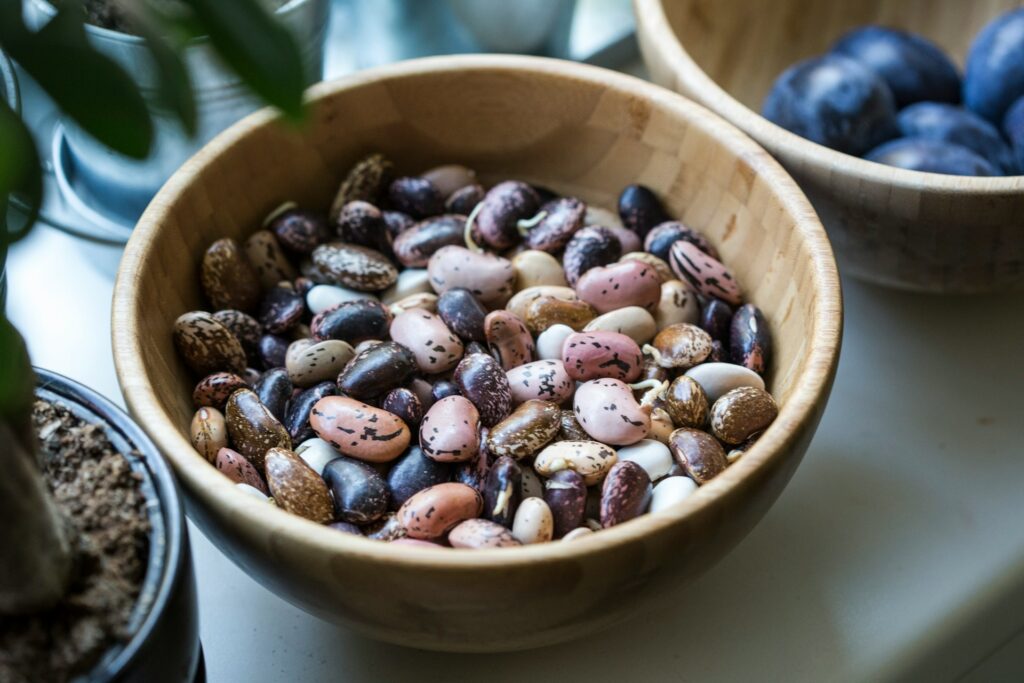
Cooking beans in cast iron may seem traditional, but it poses several problems that can shorten the life of your skillet. Dried beans contain starches that become sticky when heated, causing them to adhere firmly to the surface of the pan. If cooked in an acidic sauce, such as one with tomatoes or vinegar, the combination becomes even harsher on the skillet’s protective layer. Over time, repeated bean cooking can strip away the seasoning and leave bare patches of iron exposed to moisture. Once the beans have bonded to the pan, cleaning often involves forceful scrubbing that ruins the smooth finish. A stainless steel pot or enameled Dutch oven is a much better choice for beans, especially for slow simmering.
17. Pickling Brines
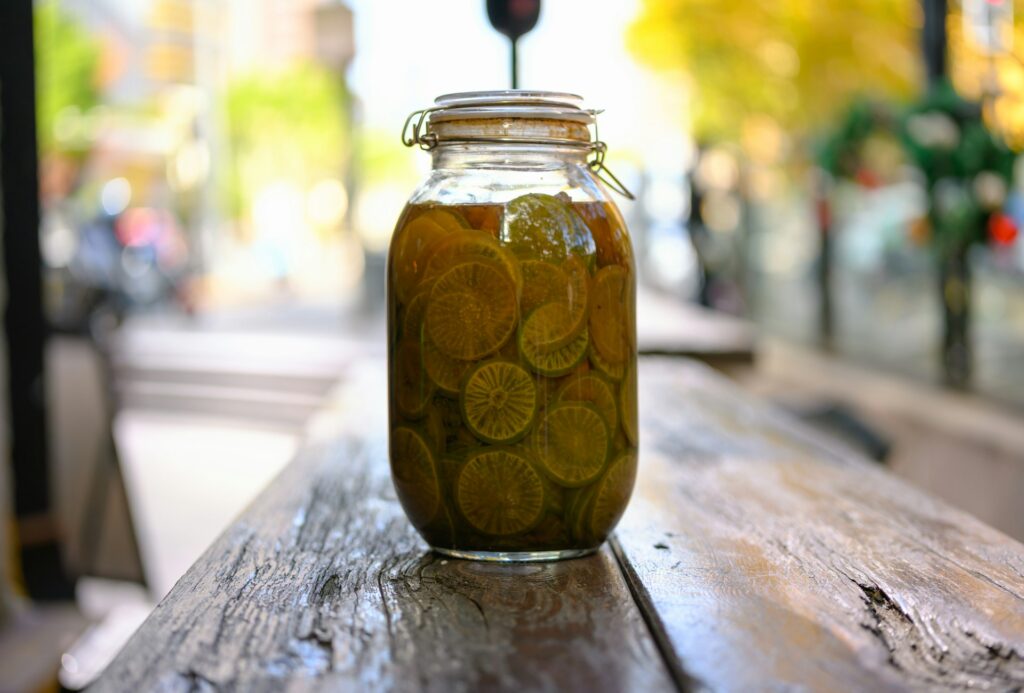
Pickling is a process that depends heavily on vinegar, salt, and sometimes citrus juice, which together create an extremely corrosive environment for cast iron. Even short-term contact with these ingredients can eat through the seasoning layer and expose raw iron to rust. Storing or simmering pickling brines in a cast iron skillet accelerates this process and ruins the pan’s protective coating almost instantly. Once the surface is compromised, the pan can begin pitting, a form of permanent damage that weakens the metal. For safe and successful pickling, always use glass jars or stainless steel pots, both of which are non-reactive and resistant to the corrosive effects of acidic solutions.
18. Custards and Puddings
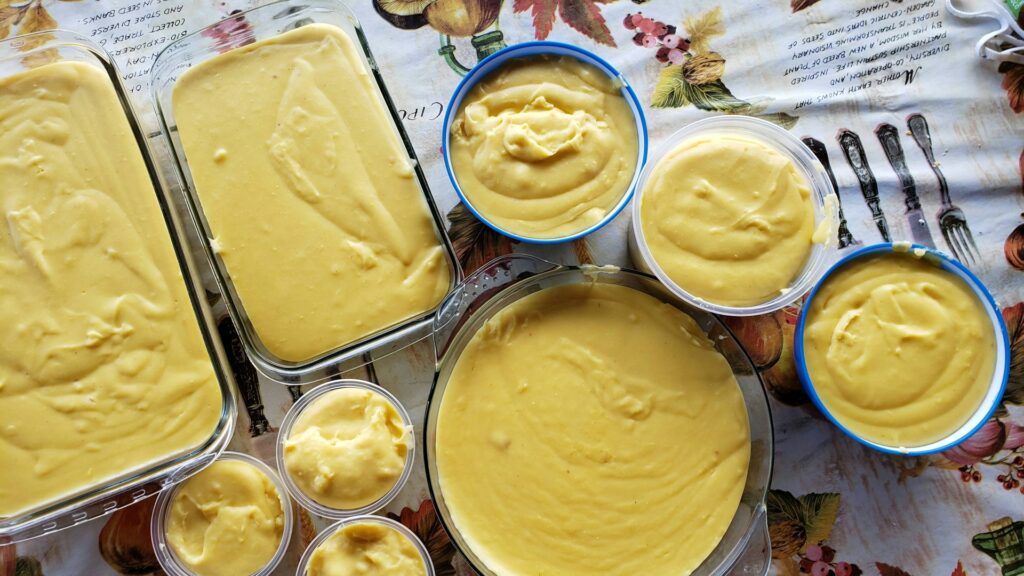
Custards are delicate desserts that require gentle, steady heat, something cast iron does not provide well. Skillets are designed to hold onto high temperatures, which can quickly cause milk and eggs in a custard to curdle or burn. The uneven heating can also result in a grainy texture rather than the silky smoothness a custard should have. Once scorched, milk proteins stick tightly to the pan and leave behind odors that are difficult to remove. In addition, the risk of cracking the seasoning is high if dairy burns repeatedly in the skillet. Ceramic baking dishes are the superior option because they heat evenly, protect delicate ingredients, and make cleanup effortless.
19. Omelets
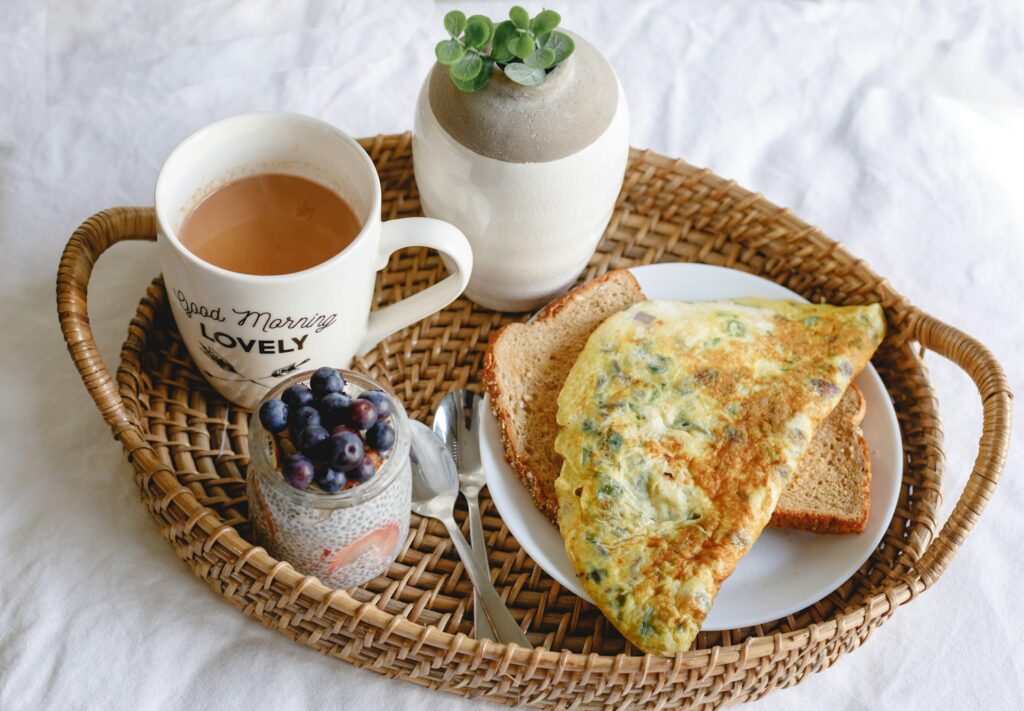
Omelets need a nonstick surface to fold properly and to slide out of the pan in one smooth motion. Unless your cast iron skillet is polished to near perfection and layered with decades of seasoning, eggs will stick and tear during the cooking process. The porous nature of the skillet allows egg proteins to cling, and once stuck, they are challenging to remove without damaging the pan’s surface. Cast iron’s weight also makes flipping or tilting the skillet awkward, adding another layer of difficulty. The end result is often a shredded omelet and a damaged layer of seasoning that requires re-oiling. A lightweight nonstick skillet makes omelets easier to master and protects both your food and your cookware.
20. Acidic Greens
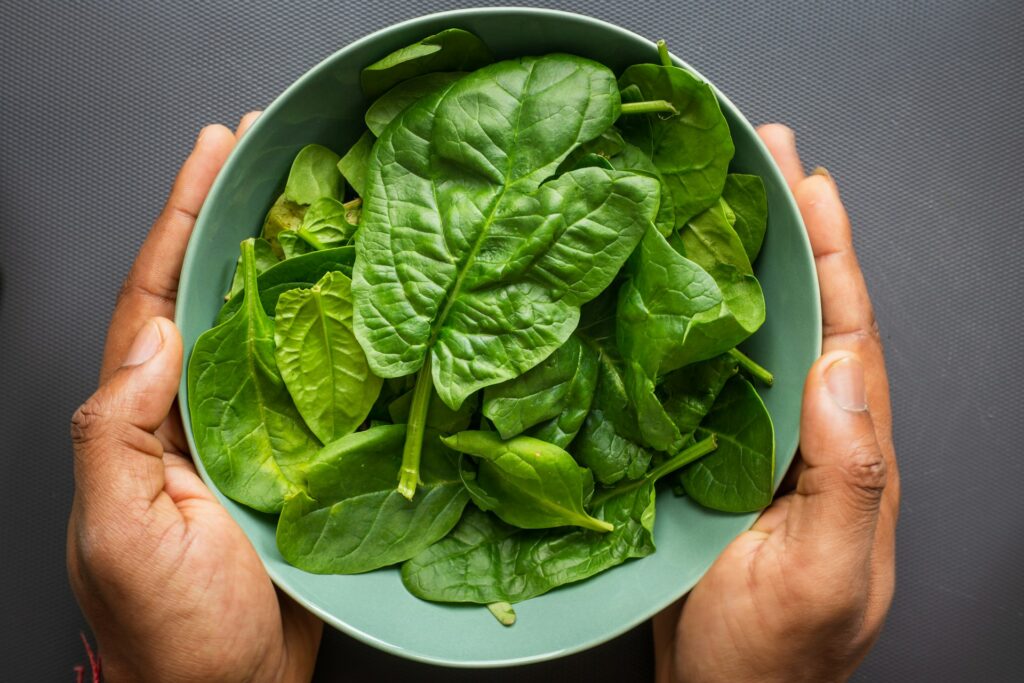
Cooking leafy greens such as spinach, kale, or collards in cast iron is generally fine until you add acidic dressings like lemon juice or vinegar. The acid in these dressings quickly interacts with the skillet, leaving a sharp metallic flavor in the greens and weakening the seasoning layer. Over time, cooking greens with acidic elements can cause your pan to lose its slick surface and develop patches of rust. The porous nature of cast iron also absorbs some of these acidic flavors, which may affect future dishes with an unpleasant aftertaste. For recipes that call for greens with acidity, a stainless steel skillet ensures flavor purity and prevents damage to your cast iron investment.
21. Berries
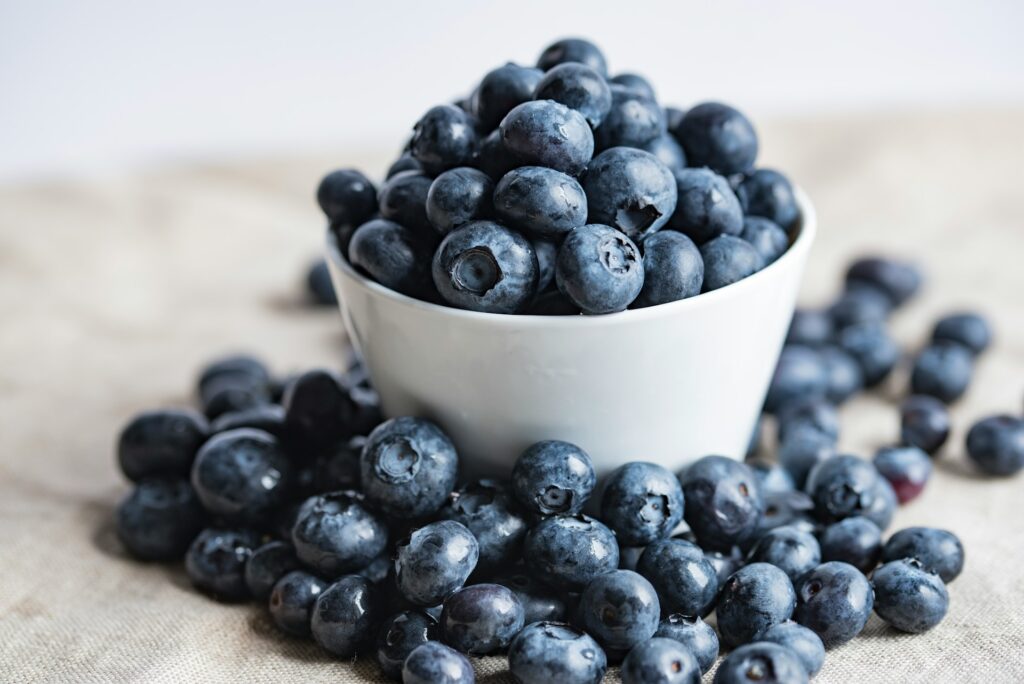
Soft fruits like blueberries, raspberries, and strawberries release juice that is highly acidic when heated, which creates an instant reaction with the surface of cast iron. This can cause the food to develop a bitter, metallic tang while also stripping away the hard-earned seasoning layer. In addition, these fruits are rich in natural pigments that stain the pan’s surface, leaving behind deep colors that are nearly impossible to scrub out. Once absorbed, these stains and flavors can leak into future recipes, making your skillet unsuitable for savory cooking. Stainless steel saucepans are better for fruit-based sauces or jams, as they preserve both the natural sweetness and the integrity of your cookware.
22. Potatoes Without Enough Oil
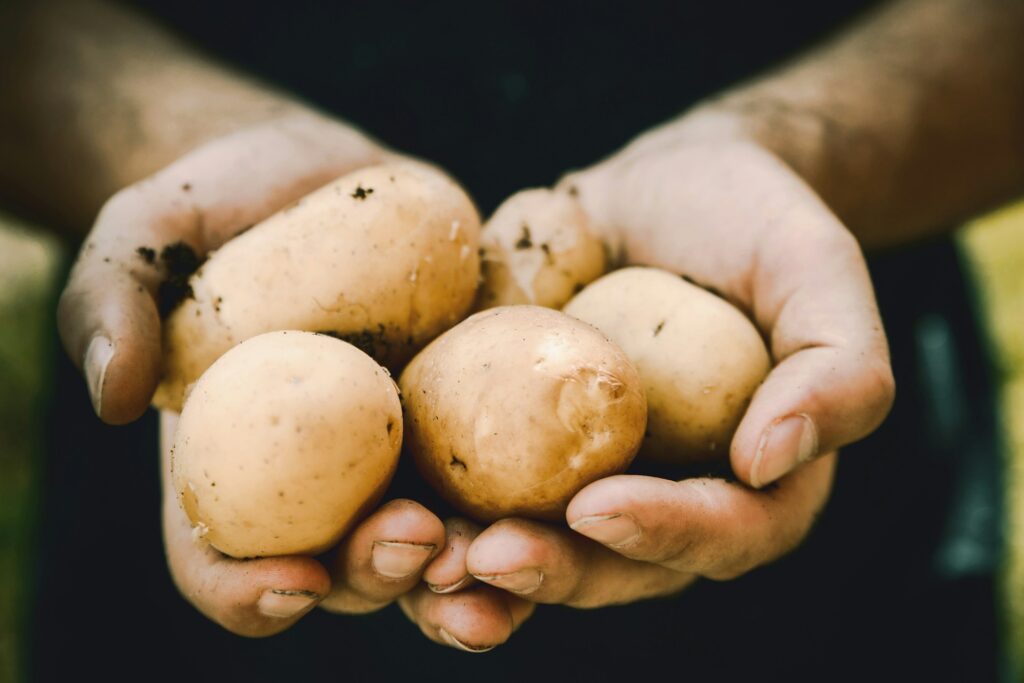
Potatoes are starchy vegetables that stick stubbornly to any cooking surface if they are not coated in a generous layer of fat. Cast iron, with its textured surface, is particularly prone to bonding with the starches in potatoes, which can burn and create a crust that is difficult to remove. Even if you manage to scrape them off, the cleaning process often strips away sections of the seasoning that protect the pan. Uneven heating can also cause parts of the potatoes to blacken before the rest has cooked through. Nonstick or enameled pans allow potatoes to cook evenly with less oil, preventing sticking while producing the desired golden-brown crispness.
23. Long Braises with Acidic Ingredients
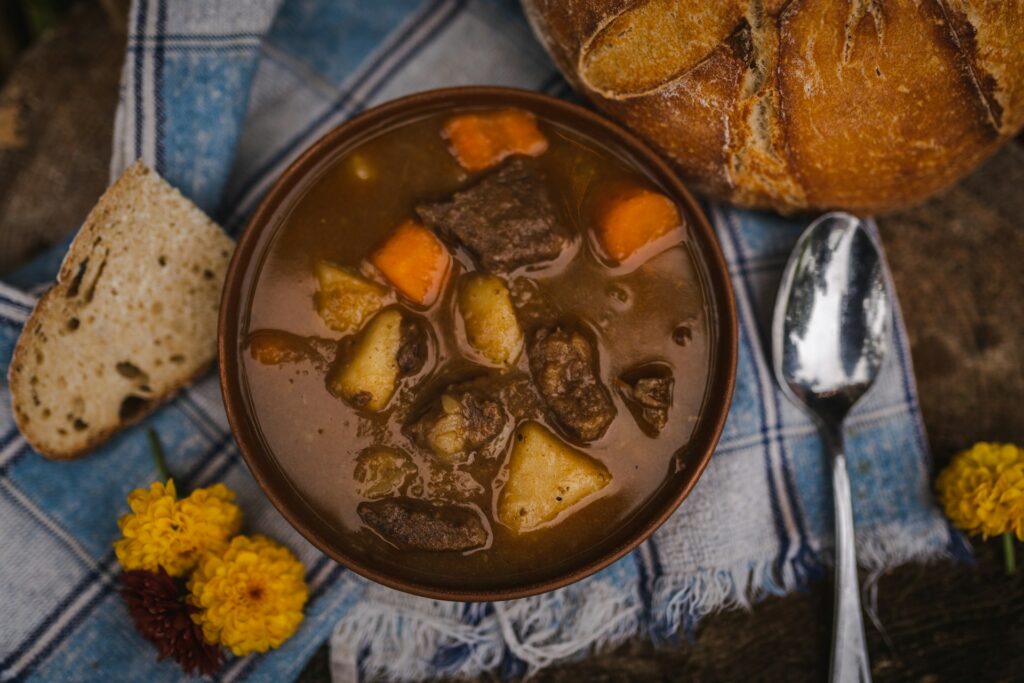
Braising often involves slow cooking meat with acidic liquids such as wine or tomatoes, a process that can last for several hours. This extended exposure to acid is disastrous for cast iron because it steadily eats away at the seasoning layer. Once the seasoning is compromised, the liquid begins reacting directly with the bare iron, leaving behind metallic flavors and creating rust-prone patches. The weight of a cast iron skillet also makes it difficult to manage these long cooking sessions, especially when transferring from stovetop to oven. Enameled Dutch ovens are ideal for long braises because they combine durability with a non-reactive interior, preserving both flavor and cookware.
24. Sticky Asian Sauces
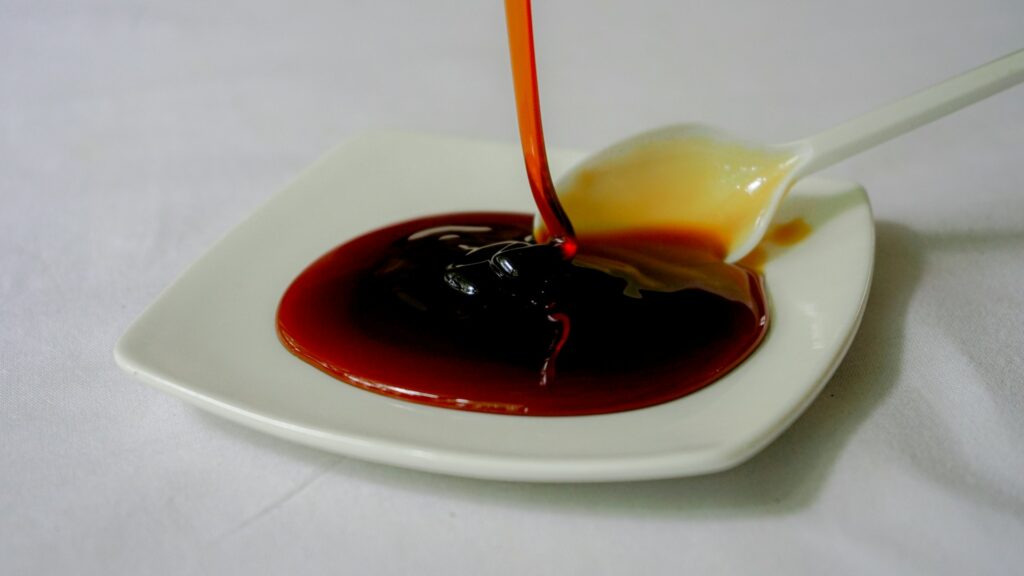
Asian sauces such as soy, hoisin, and teriyaki are high in salt and sugar, two ingredients that can wreak havoc in a cast iron skillet. The salt accelerates corrosion by drawing moisture into the iron, while the sugar caramelizes into sticky residues that cling tightly to the surface. These residues often require harsh scrubbing to remove, which strips away seasoning and leaves the pan vulnerable to damage. In addition, the strong flavors in these sauces can seep into the skillet and reappear in later dishes. For stir-frying or glazing with sticky sauces, stainless steel or carbon steel pans offer better performance and easier cleanup.
25. Leftovers Stored in Cast Iron
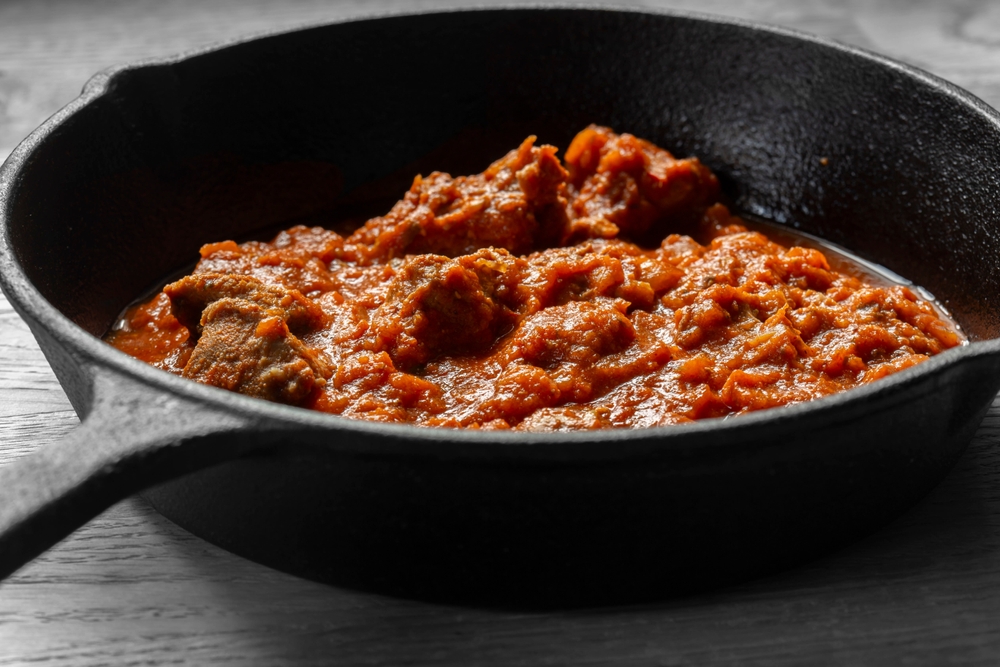
Cast iron is designed for cooking, not for food storage, yet many people make the mistake of leaving leftovers in the pan. When food sits for hours, especially if it contains moisture or acid, it reacts with the iron and begins breaking down the seasoning. This can cause rust spots to form quickly and can also infuse the food with a metallic taste. Storing food in cast iron not only damages the cookware but also shortens the lifespan of the meal itself by altering its flavor and texture. To protect both your food and your skillet, always transfer leftovers into glass, ceramic, or plastic storage containers immediately after cooking.
Disclaimer: This article was created with AI assistance and edited by a human for accuracy and clarity.
